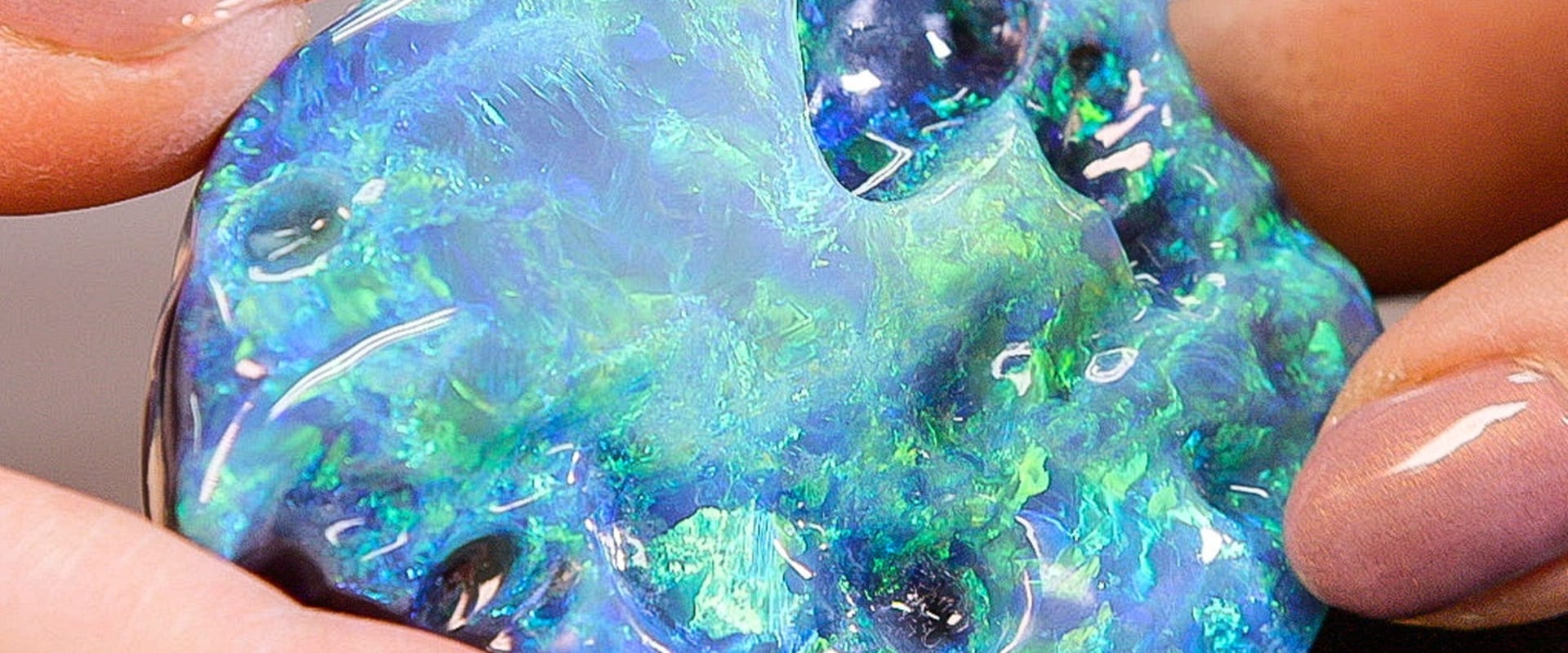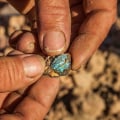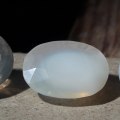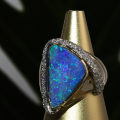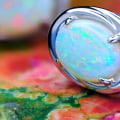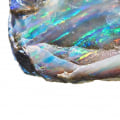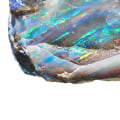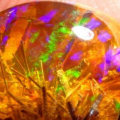The value of an opal depends on many factors. The type of opal, the tone of the body, the brightness, the pattern, the thickness of the color bar, the play of colors and the faults play an important role in determining the value. Other important factors include the quality of the cut 26% polished and the size of the stone. When considering colors, a layer of secondary and more complex value emerges.
The “dominant color” of an opal can affect its value, with red having the highest cost, followed by orange, yellow, green, blue, indigo and violet. However, do not forget, a blue-green shiny stone will be more valuable than an opaque red one. Opal is almost always cut into a cabochon. A cabochon stone is more valuable when it has a high dome compared to a flat stone.
This is due to the fact that cabochons are ideal stones for rings, but flat stones are less desirable because they cannot be used in many jewelry designs. The cut of a fine opal should be symmetrical. If it is a cabochon, the dome must be well rounded. The domed surfaces offer the best play of colors and make the stone look vivid from most viewing angles.
If the cabochon is flat, it may be vulnerable to breakage, especially during jewelry setting. If it is too tall, it can be difficult to set jewelry. The body tone of an opal impacts the value of the opal because certain body tones are much harder to find than others.
black opal
is found almost exclusively in Lightning Ridge, Australia.This makes it considerably rarer than other types of opal and therefore more valuable. Natural Dark Opal Type 1It is the family of opal that shows a play of colors within or on a dark body tone, when viewed face up, and can be designated N5 or N6 using the body tone scale. Body tone refers to the background or “underlying color” of opal, ranging from black to dark to light. The pattern of colored segments that form the play of colors of a precious opal is unique to each individual opal.
For example, the opal fields of Lambina and Mintabie are now closed, which makes opal from these regions highly prized and rare. Spectral colors (red, orange, yellow, green, blue, indigo, violet, in order of value) are generally combined in varying amounts in most opals. In addition, the polishing and smoothing of a cabochon allows the opals to better display their beautiful rainbow of colors. Considering that the absolute value depends on the brightness, pattern and tone of the body; red and multicolored opals are rarer than green-orange, blue-green and blue opals in that order.
The nomenclature was not created with the intention of forcing modifications to the many vernacular labels used to characterize opal in Australia, or even in other countries such as Mexico. A gelatinous opal or a clear crystal opal is usually more desirable than a “milky” opaque white opal. The process that Australian opal cutters use to value opal has been developed for many years using the Opal titration software known as Smart Chart and uses principles developed by industry representatives (Australian Gemological Association GAA) and associations (The Opal). Association) over the past few decades.
After much debate, the phrase body tone was added to the nomenclature to characterize the relative lightness or darkness of opal, regardless of its play of colors. The range of transparency considered acceptable for defining crystal opal (transparent to semi-transparent) was taken directly from Robert Webster's discussion of transparency in his world-renowned textbook Gems. Doublets and triplets are an “assembled” stone that only contains a very thin sheet of natural opal and are therefore generally much less valuable. It has become vital to agree on certain well-founded principles on how a single gem such as opal should be defined, and this has led major influences in the Australian opal business to work more closely together to agree on a common approach and methodology for classifying and classifying opals.
Many opal miners may underestimate or overvalue their opals when it relates to supply and demand and the market to which they sell. . .
